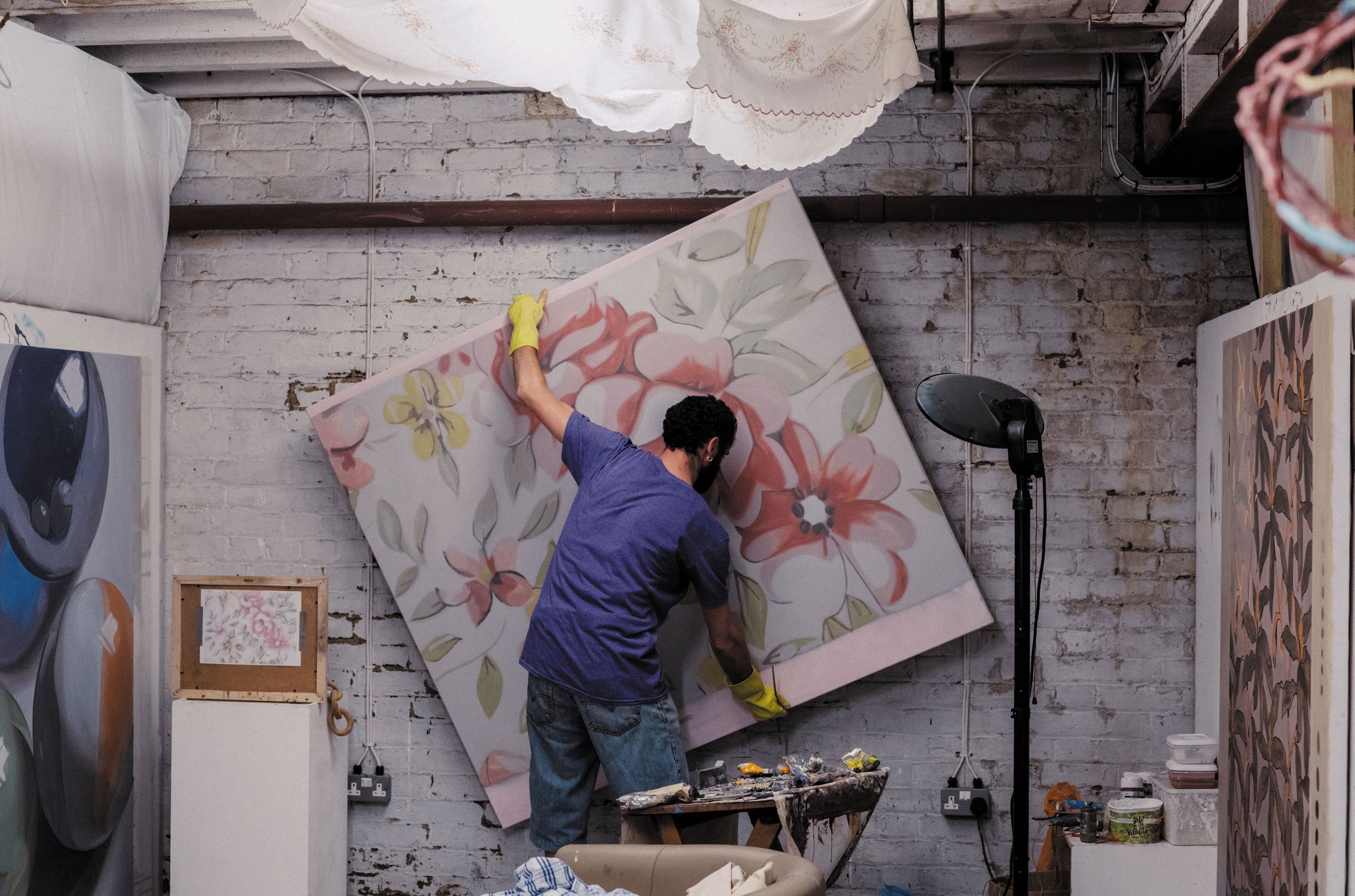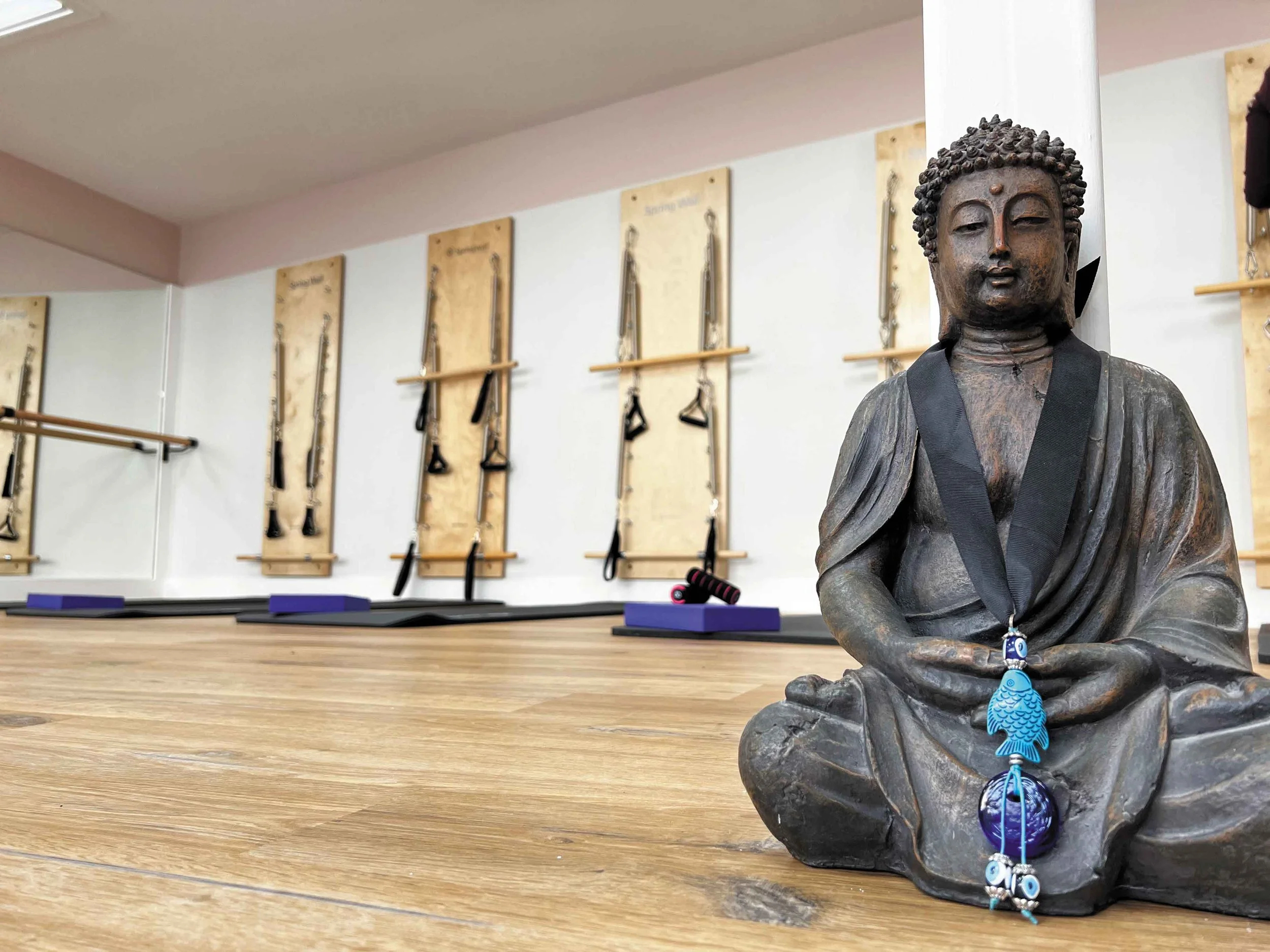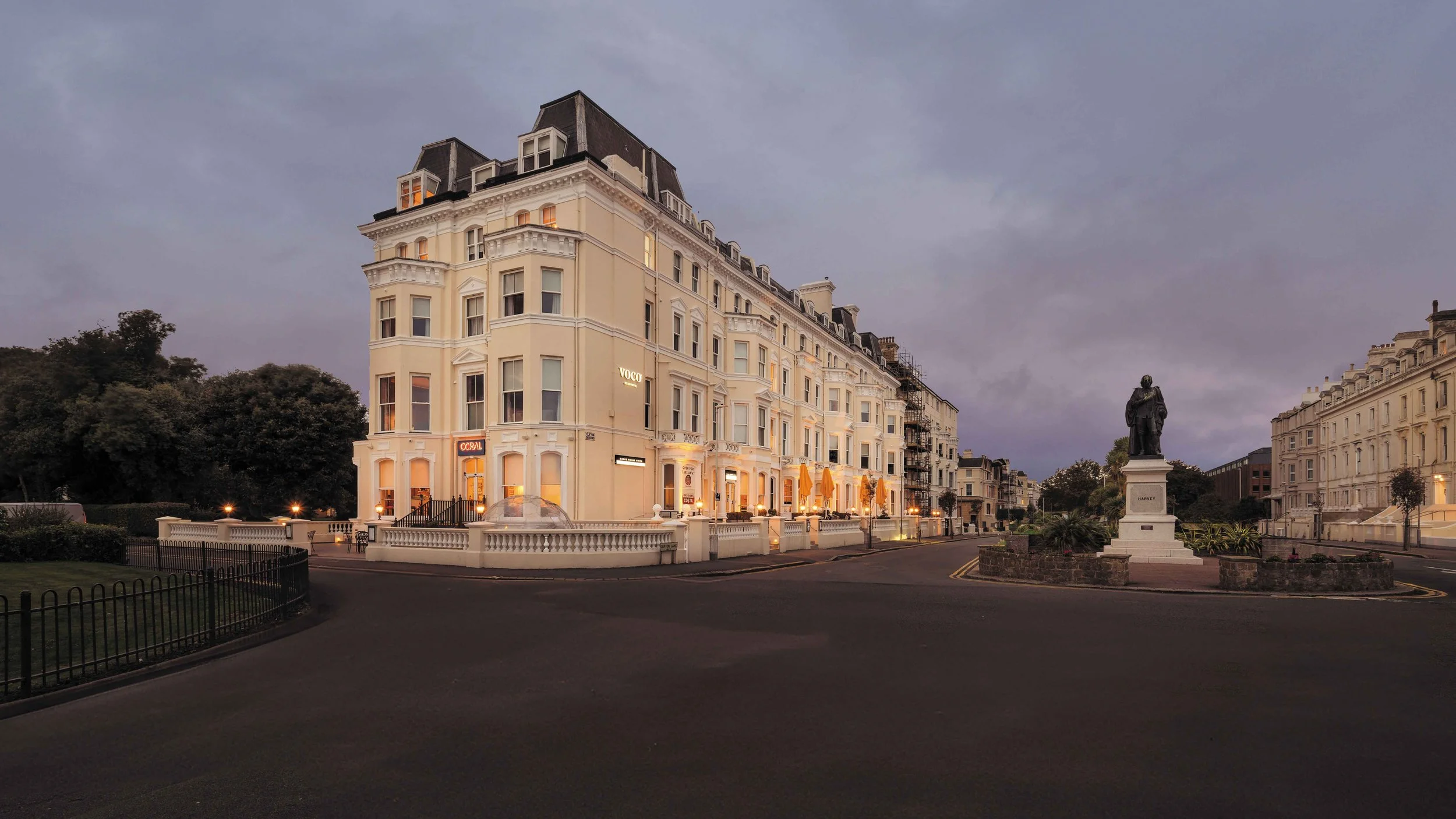HOME IS WHERE THE ART IS - THE MARGATE SCHOOL
With its future finally secured, The Margate School aims to put creativity at the heart of the community
Joe Fenwick Wilson
In spring this year, it was announced that The Margate School was under threat of closure with the news that the building it occupied was up for sale.
Having stood empty since 2008, the iconic Woolworths building in the high street had in 2019 become home to The Margate School, allowing for development of its independent, not-for-profit, liberal arts school.
Having to deal with Covid and the cost-of-living crisis, it was feared that the school might struggle to raise enough funds to remain in place, until news broke in June that a philanthropic, anonymous supporter of the school had bought the building and offered a 20-year lease on it to safeguard its future.
Uwe Derksen, director of The Margate School, said: “The last few months have been something of a rollercoaster and the sale of such a building is never straightforward. The positive outcome was only possible because not only did the seller and the buyer support The Margate School but throughout the sales process all three parties were in close contact, which made all the difference.”
Uwe, who has been in higher education for almost 30 years with the University for the Creative Arts, British Design Innovation and South East Design Forum, established the school in 2018 after a successful application to the Coastal Community Fund.
But the idea for the school goes back much further.
“The concept is something I developed a long time ago,” says Uwe. “The Tate Modern had a big conference in 2011/12, where they debated the future of the art school.”
Working for UCA, Uwe was in the midst of a multimillion-pound project stretching across the UK and into Europe that placed art schools at the centre of the community, which is where the idea of The Margate School began to form.
“The concept was an independent, not-for-profit, community-based but postgraduate, liberal arts school where you would have arts education, in a broad sense, alongside people working in the professions.
“It would be acting as a communicative community hub.”
Eight years on, the concept was finally created with the confirmation of the £500k funding, which would need to be eked out over two and half years. The first step was securing a building in a central location.
“We always wanted to be in the centre of the town,” says Uwe. “A part of the mission was to say we are part of the cultural regeneration in Margate.”
The Woolworths site was identified and work began to turn the empty, largely derelict, building into a working educational and creative space.
Without eating into the funding, the school had to rely on donations of furniture and equipment, with Uwe estimating that about 80% of its utilities have been donated.
“We’ve got three floors, occupying roughly 1,400 square metres, so it’s quite a big space to look after,” he says. “We built toilets, sorted out the electrics and made it safe. So much of what you can see is repurposed - our auditorium has a wooden wall made from old floorboards. We have more seats, which came from the Gulbenkian [in Canterbury]. And they are on little stands, so they can move out to different places to be reconfigured. There’s some really wonderful spaces within a building.”
In its short time in existence the school has created 53 studio spaces, alongside a FabLab (Fabrication Laboratory) and MakerSpace with state-of-the-art facilities, two darkrooms, a sound auditorium and a screening and gallery space.
There were just seven students in the first cohort studying a Masters in fine art, developed in conjunction with the school’s accredited European partner Esä, a leading French higher-education art school based in Dunkerque and Tourcoing.
The school has since added such courses as visual communications, sound arts and the still & moving image.
“The educational approach is different to the UK version,” says Uwe. “It’s two years rather than one, it’s more research-oriented and it’s part of the European credit transfer systems, which means you can potentially continue in any other European university.
“We have a lot of student-tutor contact time as well.”
The tutors operating at the school have backgrounds in working at such places as UCA, Central Saint Martins and Goldsmiths, while the emphasis on being community-inclusive has seen guest lectures open to the public and more than 15,000 visitors come through the school each year. But arguably one of its most unique elements is its work with professional artists.
“We have creative practitioners who have a studio area and access to the facilities that work alongside the students,” says Uwe. “So there’s collaboration going on between them. We also have quite a few community events going on, with the idea that students engage and have interaction with the professional practice community. It’s quite a unique proposition that you don’t find in other places.”
Central to the school’s philosophy is making the courses accessible to people of all ages, across all social and economic backgrounds, and not exclusive to those who can afford it.
Through the TMS Bursary Fund, in 2021/22 the school has been able to support 20 students.
“We’ve specifically, for that purpose, set up a parallel charity to support raising those philanthropic funds,” says Uwe.
Situated in one of the most deprived wards in the UK, it would be fair to say that the school has been a key part of the cultural regeneration of Margate and, with its 20-year lease being agreed, it will be central to the creative community for many years to come.










